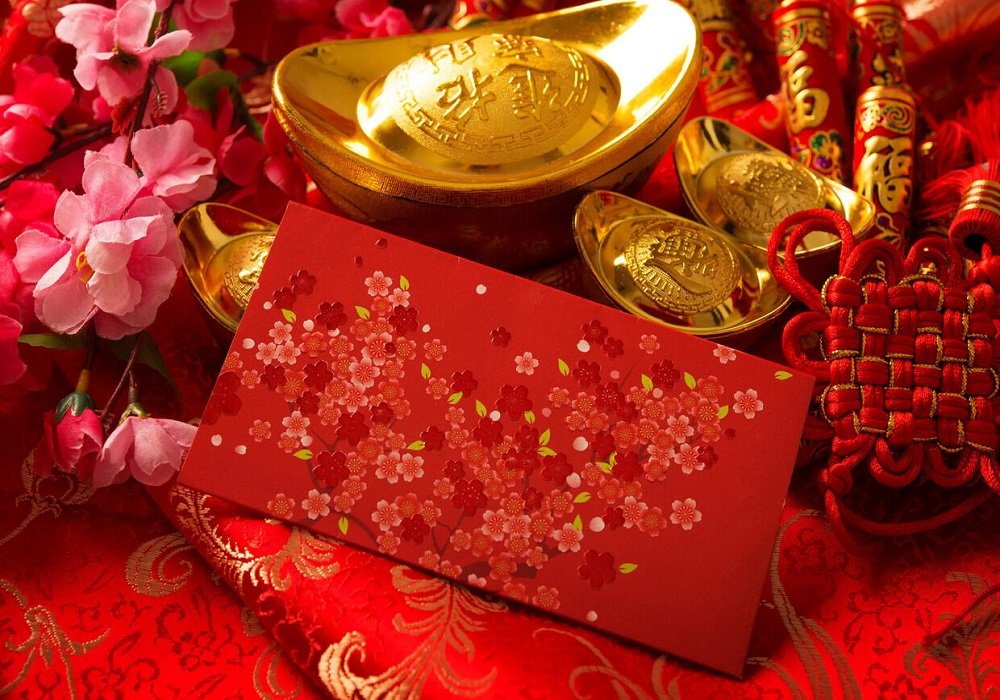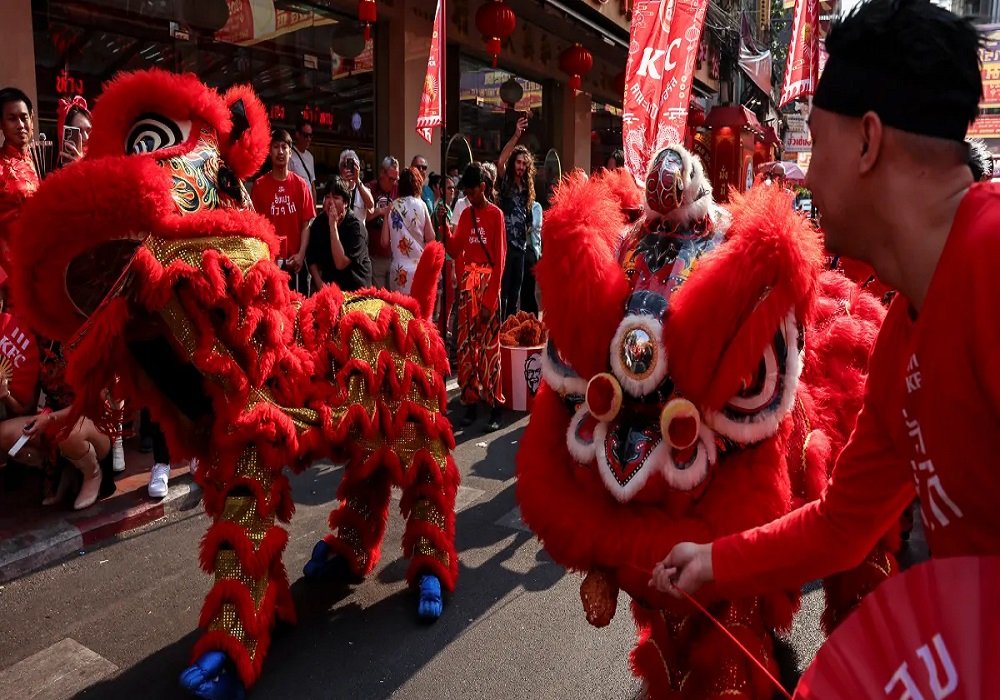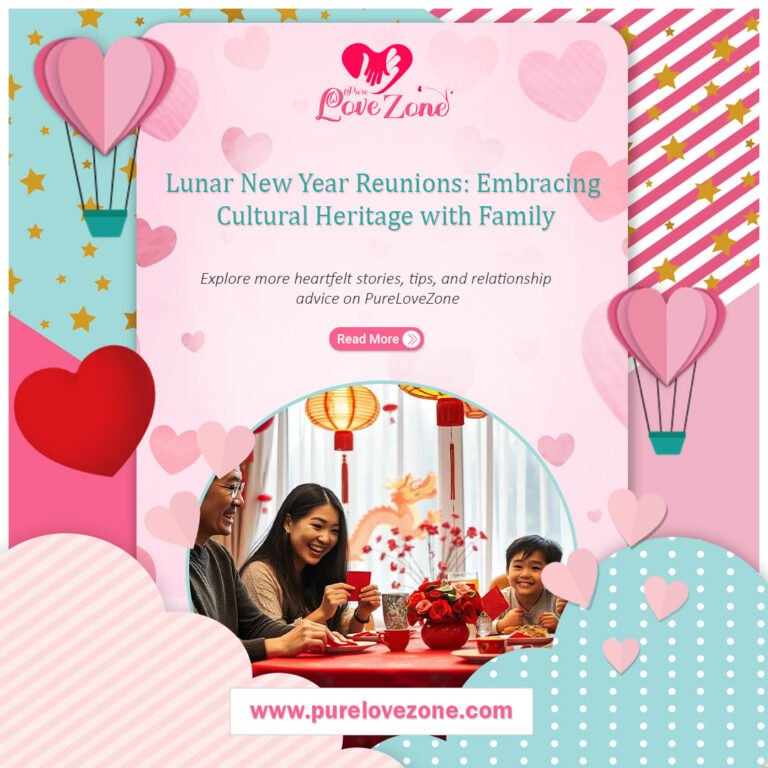Lunar New Year, also known as the Spring Festival or Chinese New Year, is one of the most important and widely celebrated holidays across East and Southeast Asia, as well as within Chinese communities worldwide. It marks the beginning of the lunar calendar and symbolizes the arrival of spring, renewal, and the opportunity for fresh beginnings. For many, it is more than just a festive occasion—it is a time for family reunions, honoring cultural heritage, and celebrating the bonds that connect generations.
Family plays a central role in Lunar New Year celebrations, as it is a time for relatives, near and far, to come together, share traditional meals, participate in meaningful customs, and strengthen familial ties. This holiday is rooted in the importance of unity, togetherness, and respect for ancestors, making it a treasured event for families around the world.
The Significance of Lunar New Year
The origins of Lunar New Year can be traced back thousands of years, deeply embedded in agricultural societies that followed the lunar cycle. Traditionally, the festival was a way to celebrate the end of winter, welcome the start of spring, and ensure good fortune for the coming year. It is based on the Chinese zodiac, which features a 12-year cycle, each represented by a different animal. Each year is associated with certain traits, and families reflect on how the characteristics of the zodiac animal will influence their lives in the upcoming year.
Beyond its agricultural roots, Lunar New Year has evolved into a rich cultural celebration, filled with vibrant traditions, colorful decorations, and symbolic practices. At its heart, however, remains the central theme of family. The holiday provides an opportunity for individuals to reconnect with their loved ones, express gratitude for one another, and honor their ancestors, ensuring that cultural values are passed down from generation to generation.

The Journey Home: Reuniting with Family
One of the most defining aspects of Lunar New Year is the great migration of people returning to their hometowns to celebrate with their families. Known as “Chunyun” or the Spring Festival travel rush, this period is considered the largest annual human migration in the world. For many, it is an opportunity to reconnect with relatives they may not see often due to work, education, or living abroad.
This reunion is particularly meaningful in a modern world where many families are spread across cities, countries, and continents. The journey home, while often long and arduous, is viewed as essential, symbolizing the importance of family unity during this auspicious time. For some, Lunar New Year might be the only time in the year when they can gather with extended family, making it a highly anticipated and emotional occasion.

Preparing for the Lunar New Year
In the weeks leading up to Lunar New Year, families begin preparing their homes and lives to welcome the new year with a sense of renewal and positivity. This preparation often involves a thorough cleaning of the house, symbolizing the removal of bad luck and the invitation of good fortune. Families will also decorate their homes with red lanterns, couplets, and paper cuttings that carry auspicious messages such as “happiness,” “prosperity,” and “longevity.”
Another important element of preparation is the acquisition of new clothes, particularly in shades of red, which is believed to ward off evil spirits and bring good luck. The color red is synonymous with Lunar New Year and is prominent in everything from clothing to decorations to the iconic red envelopes exchanged during the festivities.
The reunion dinner, held on New Year’s Eve, is arguably the most important event of the holiday. Family members gather around a bountiful table filled with traditional dishes that are rich in symbolism. Each food item is chosen for its auspicious meaning—dumplings represent wealth, fish symbolizes abundance, and long noodles stand for longevity. The dinner is not just a feast for the body but a feast for the spirit, as it serves to honor the unity of the family and pay respects to ancestors.

Honoring Tradition and Ancestors
Lunar New Year is a time to honor one’s cultural heritage, and this includes paying respects to ancestors. Many families will begin their celebrations by making offerings at ancestral altars or visiting the graves of deceased loved ones. This practice reflects a deep sense of filial piety and acknowledges the belief that ancestors continue to watch over their descendants. The burning of incense and paper offerings is a common ritual during this time, symbolizing respect and the desire for ancestral blessings in the coming year.
Ancestor worship is not only a way to express gratitude but also a way to maintain a connection between generations. Through these practices, younger family members learn about their heritage, the importance of family values, and the respect owed to those who came before them. In this way, Lunar New Year serves as a bridge between the past and the future, ensuring that cultural traditions are preserved and passed down.
Red Envelopes and Gift Giving
One of the most beloved traditions of Lunar New Year is the exchange of red envelopes, or “hongbao” in Mandarin. These envelopes, filled with money, are given by elders to younger family members and symbolize the giving of blessings, luck, and prosperity. The amount of money is often kept small, as the gesture is more about the blessings than the financial value. The red envelopes are believed to protect the recipients from evil spirits and ensure a successful and happy year ahead.
Gift giving is also a common practice during Lunar New Year, with families exchanging items that symbolize good fortune and abundance. Popular gifts include fruits like oranges and tangerines, which represent wealth, as well as candies and sweets, which are meant to ensure a “sweet” and joyful new year. The act of gift giving is a way for families to express their love and care for one another, strengthening the bonds of kinship.

Cultural Performances and Festivities
The days following the reunion dinner are filled with public festivities and cultural performances, adding to the joyous atmosphere of Lunar New Year. Parades featuring lion and dragon dances, firecrackers, and traditional music are common, each carrying its own significance. The lion and dragon dances are performed to drive away evil spirits and bring good fortune, while firecrackers are set off to ward off bad luck and usher in a year of prosperity.
Families will often attend temple fairs or local celebrations to participate in these events, further reinforcing their connection to cultural traditions. For children, these performances are a source of excitement and wonder, while for elders, they are a reminder of the importance of preserving cultural heritage.

Strengthening Family Bonds
At its core, Lunar New Year is a celebration of family. It is a time for laughter, shared stories, and the strengthening of bonds between generations. The holiday provides an opportunity for families to reflect on their shared history, express gratitude for one another, and look ahead to the future with hope and optimism. The rituals and traditions associated with the holiday reinforce the importance of unity, respect, and togetherness, values that are central to many cultures around the world.
For many families, the most treasured part of Lunar New Year is simply the act of being together. In a fast-paced world where time with loved ones is often limited, Lunar New Year provides a meaningful opportunity to slow down, reconnect, and celebrate the joy of family. As generations come together to honor their shared cultural heritage, the holiday becomes not just a celebration of the new year but a celebration of the enduring strength of family bonds.
Conclusion
Lunar New Year reunions are a powerful testament to the importance of family and cultural heritage. The holiday serves as a reminder of the values that bind families together: love, respect, unity, and the shared experience of honoring traditions that have been passed down through the ages. Whether through the preparation of symbolic foods, the exchange of red envelopes, or the joy of family gatherings, Lunar New Year is a celebration that transcends time and space, connecting families across generations and cultures. As the new year begins, families come together not only to celebrate but to embrace the strength of their bonds and the richness of their shared heritage.

